How to Maintain Your Siding After Installation
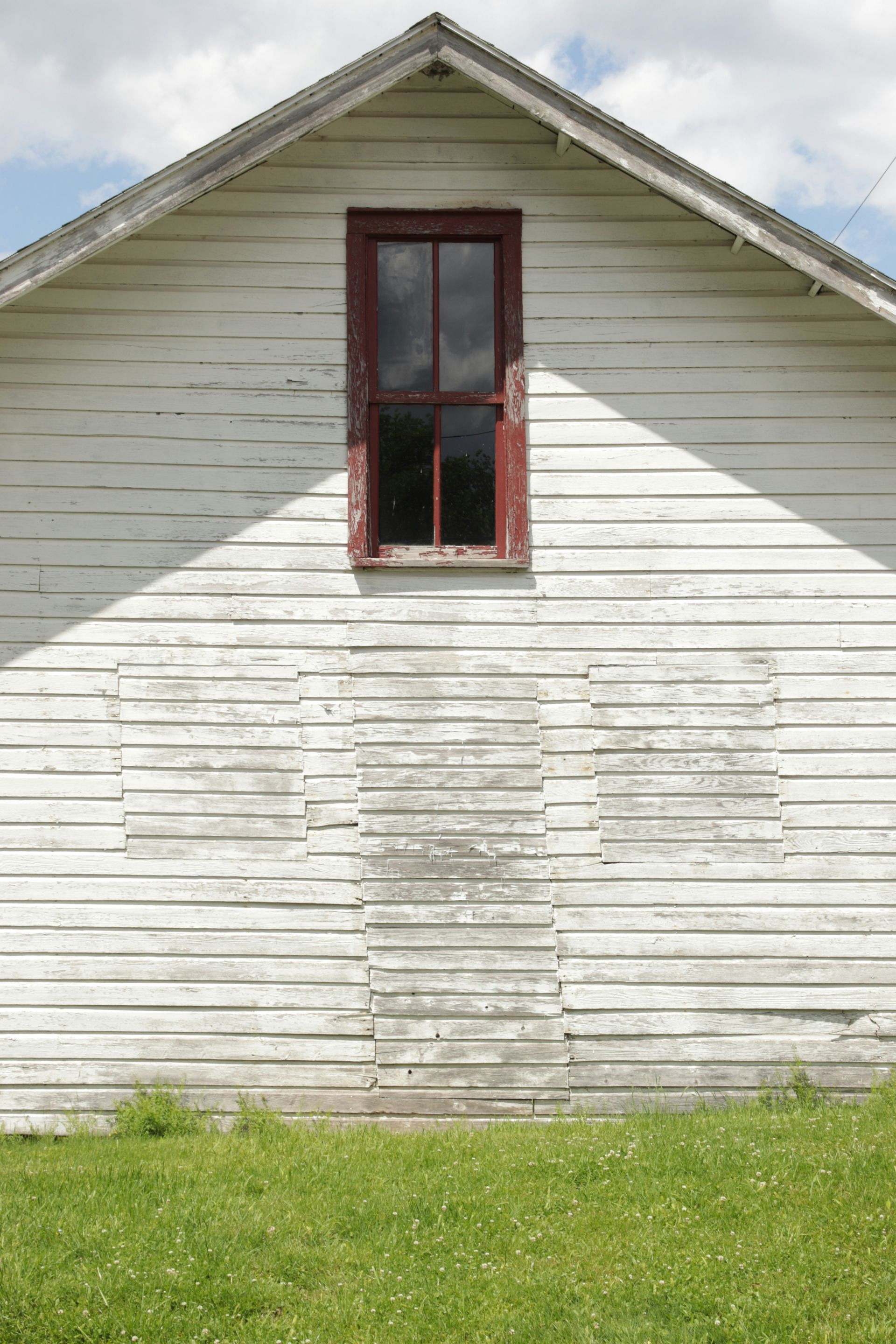
Maintaining siding is crucial for preserving a home’s beauty and protecting it from the elements. Regular upkeep helps prevent dust, wind, and other environmental factors from damaging the exterior. Homeowners can keep their siding clean and in top condition using environmentally friendly methods, regardless of the material or angle of installation. In this article, readers will discover essential tips for siding maintenance that ensure lasting performance and curb appeal. Keep reading to learn how to properly care for your home’s exterior and extend the life of your siding investment.
Key Takeaways
- Regular cleaning and inspection are essential for maintaining siding appearance and longevity
- Different siding materials require specific maintenance approaches to prevent damage and extend the lifespan
- Proper sealing, caulking, and vegetation management help protect siding from moisture-related issues
- Homeowners should address stains, pest infestations, and seasonal challenges promptly to prevent extensive damage
- Professional help may be necessary for complex siding issues or major renovations
Regular Cleaning and Washing
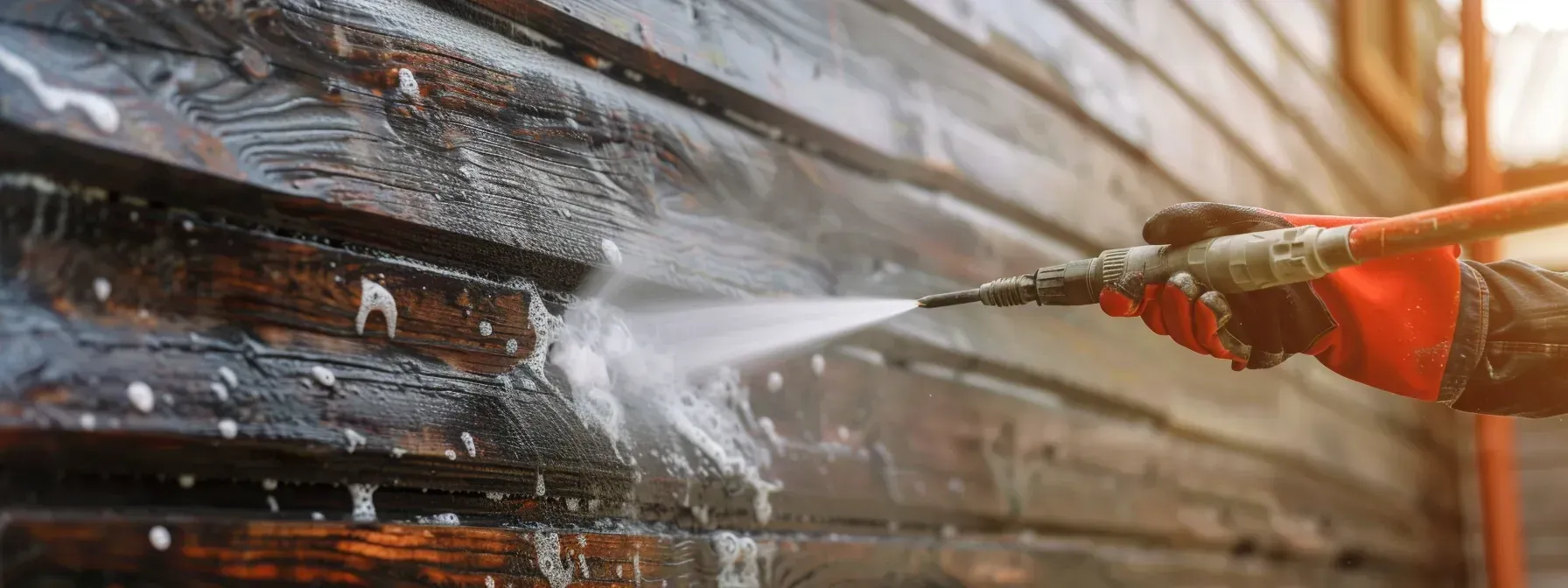
Regular cleaning of siding is crucial for maintaining its appearance and longevity. Homeowners should wash their siding at least once a year or more frequently in areas with high pollution or vegetation. Pressure washing is effective for removing dirt, grime, and mildew from most siding types, but caution is needed near windows and masonry to avoid damage. In the USA, where water conservation is important, consider using low-pressure washing methods or manual cleaning. Cleaning also provides an opportunity to inspect for signs of wear, damage, or pest infestation, allowing for prompt repairs to prevent more extensive and costly issues.
Best Practices for Pressure Washing Siding
Pressure washing is effective for cleaning siding, but it’s crucial to use the right techniques to avoid damage. For vinyl siding, use a lower pressure setting and keep a safe distance from the surface. Be careful around windows and masonry to prevent water damage. In water-sensitive regions, consider using a low-pressure washer or manual cleaning methods to conserve water. Consulting with a professional ensures the job is done safely and effectively.
Manual Cleaning Techniques for Delicate Siding
For delicate siding types like wood or older materials, use a soft brush or cloth with a mild cleaning solution to gently remove dirt and grime. Start from the bottom and work upward to avoid streaking, and rinse your brush or cloth regularly to prevent spreading dirt. This method also allows you to inspect the siding closely for damage or wear, enabling timely repairs.
Inspecting and Treating Stains on Siding
Over time, stains and discoloration can affect your siding’s appearance. Regular inspections during cleaning help identify problem areas early. Treat stains with water and mild detergent, scrubbing gently with a soft brush. For persistent stains like algae or mildew, use a specialized cleaner. Avoid harsh chemicals or abrasive tools to prevent damage. Addressing stains promptly maintains your home’s exterior appeal.
Inspecting for Damage

Regular inspections are crucial for maintaining siding, regardless of the material used. Homeowners should check their siding at least twice a year, looking for signs of damage such as cracks, warping, or loose panels. This applies to all types of siding, including wood, fiber cement, and vinyl.
Pay close attention to areas where the siding meets the roof, windows, and doors, as these are common entry points for water. Inspect wood siding for signs of rot or pest infestation and fiber cement for cracks or chipping. Check for any gaps or separations that could compromise the home’s energy efficiency.
When examining cement-based siding, look for efflorescence, a white powdery substance that may indicate water penetration. For all siding types, ensure proper clearance between the bottom edge of the siding and the ground to prevent moisture damage. Prompt identification and repair of issues can prevent more extensive damage and costly repairs down the line.
Checking for Cracks and Warping
Inspect your siding at least twice a year for cracks, warping, or loose panels, regardless of the material. Pay special attention to where the siding meets the roof, windows, and doors, as these areas are prone to water infiltration. Early detection of such issues helps maintain the siding’s integrity and prevents more severe problems.
Monitoring for Water Damage
When inspecting cement-based siding, look for efflorescence, a white powdery substance indicating water penetration. Ensure there’s proper clearance between the bottom edge of the siding and the ground to prevent moisture damage. Promptly addressing these signs can prevent extensive damage and costly repairs, keeping your siding in optimal condition.
Ensuring Proper Ventilation
Check that your siding is properly ventilated, especially in attics and crawl spaces. Adequate ventilation prevents moisture buildup, which can lead to mold and mildew growth. Ensuring your siding is well-ventilated helps maintain a healthy indoor environment and protects the structural integrity of your home.
Addressing Minor Repairs
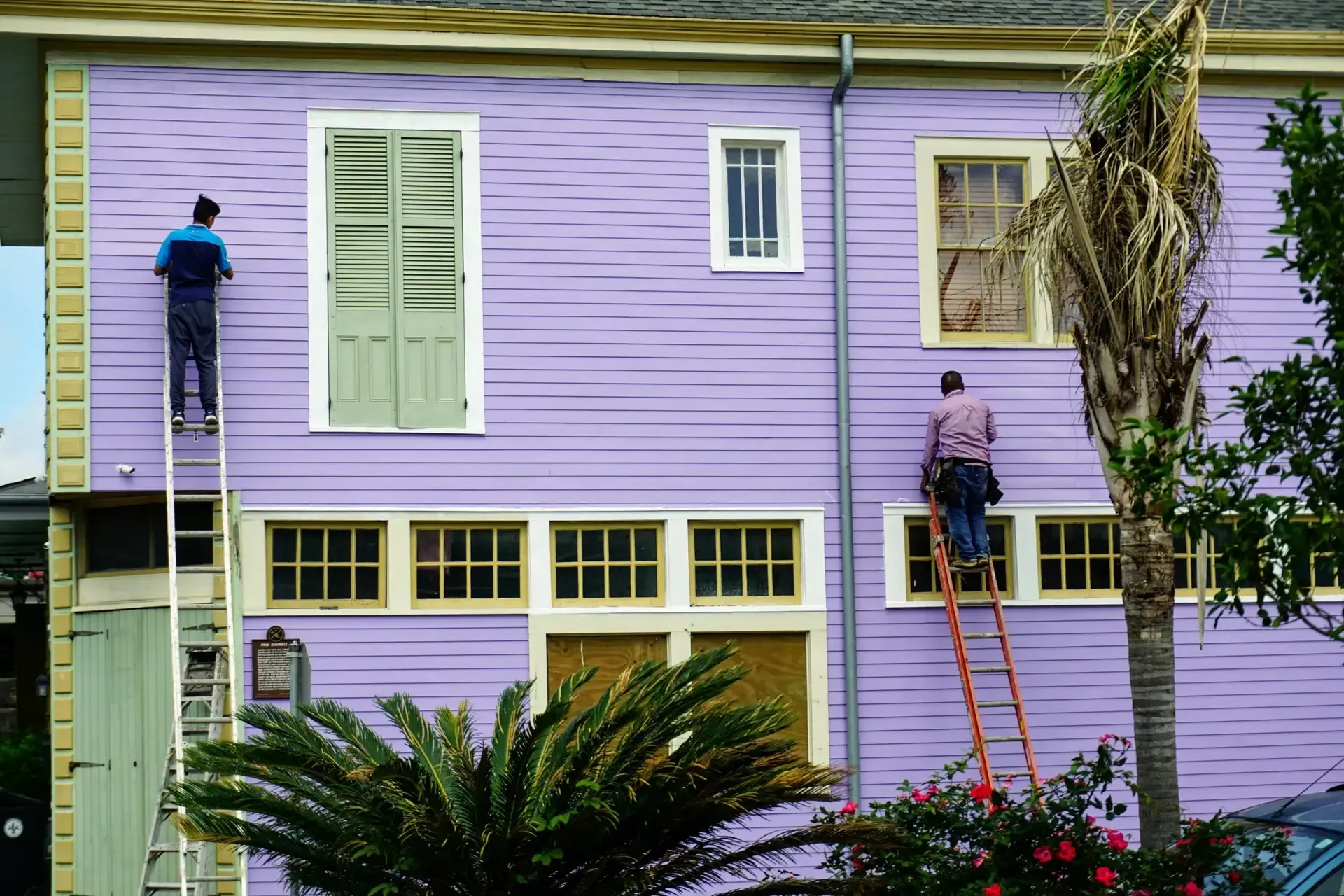
Minor siding repairs can prevent small issues from becoming major problems. Homeowners should promptly address visible damage, such as filling cracks with sealant or replacing damaged panels. For wood siding, early treatment of infestation or rot can save significant costs. Cleaning stubborn stains or mildew with water and mild detergent is often sufficient, though tougher stains may require a specialized cleaner. Repainting or restaining wood siding rejuvenates its appearance and adds protection, ensuring proper surface preparation, including cleaning and priming, to seal against moisture and UV damage.
Best Practices for Filling Cracks in Siding
Filling small cracks in your siding promptly can prevent them from expanding and causing more extensive damage. Use a high-quality sealant suitable for your siding material, and apply it carefully to ensure a tight seal. For wood siding, choose a sealant that is flexible and can expand and contract with the wood. Regularly inspect your siding for new cracks, especially after harsh weather, to maintain its integrity and appearance.
Tips for Cleaning Stubborn Stains
Stubborn stains and mildew growth on siding require special attention to maintain a clean appearance. A mixture of water and mild detergent is often effective for most cleaning tasks. For tougher stains, use a specialized cleaner, but always test it on a small, hidden area first to ensure it doesn’t damage the siding. Gentle scrubbing with a soft brush can help remove stains without harming the surface. Regular cleaning helps prevent the buildup of grime and keeps your siding looking fresh.
Repainting and Restaining Wood Siding
Repainting or restaining wood siding not only enhances its appearance but also provides added protection against the elements. Start with proper surface preparation, including thorough cleaning and priming, to ensure the new paint or stain adheres well. Choose high-quality paint or stain that is designed for exterior use and can withstand moisture and UV exposure. Regularly maintaining the finish on your wood siding helps to protect it from rot, warping, and other damage, extending its lifespan and keeping your home looking beautiful.
Sealing and Caulking
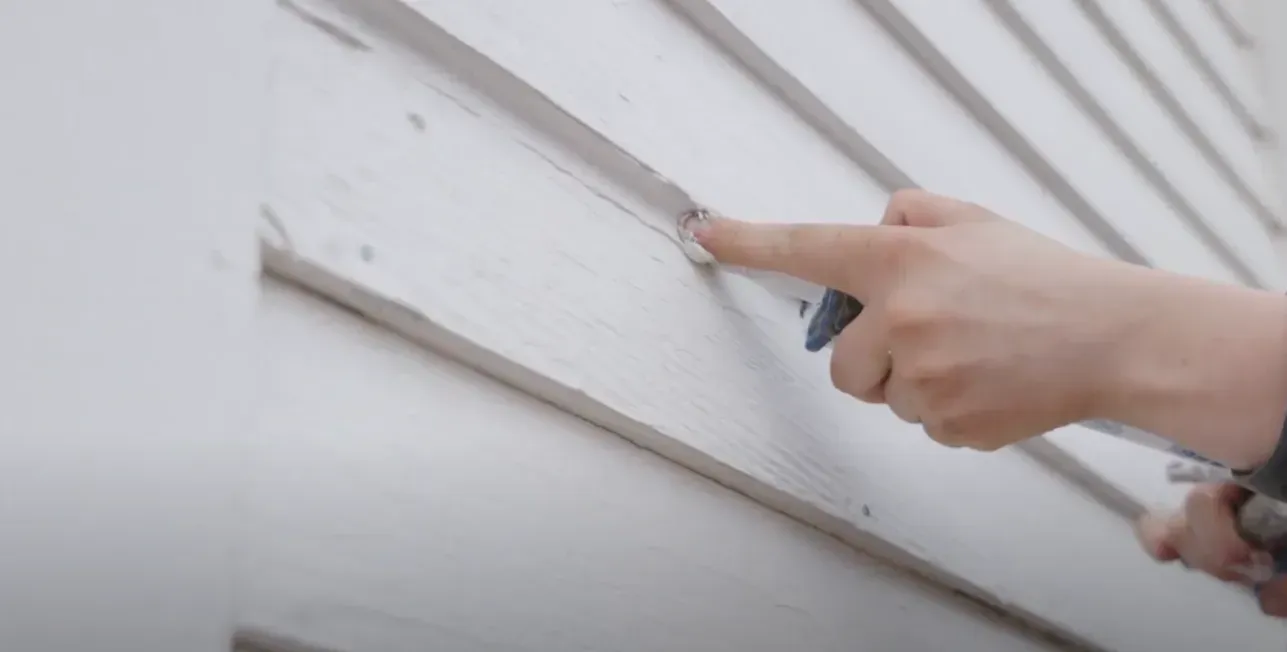
Proper sealing and caulking are crucial for maintaining the integrity of all siding types, including steel siding. Homeowners should inspect their siding annually for gaps or cracks and apply fresh caulk as needed to prevent water infiltration and air leaks. Before applying the new caulk, clean the area thoroughly with a mixture of water and vinegar, then allow it to dry completely to ensure proper adhesion. For the best results, follow manufacturer instructions or seek advice from a professional siding contractor. Using the correct technique and materials ensures a long-lasting seal that protects the home from moisture and improves energy efficiency.
Annual Inspection for Gaps and Cracks
Regular inspections for gaps and cracks in your siding are crucial for maintaining its integrity. Each year, check your siding for any signs of damage that could allow water or air to enter. This simple step can prevent more serious problems like mold, rot, and increased energy costs. By addressing these issues promptly with fresh caulk, you help protect your home’s structure and efficiency.
Cleaning Before Caulking
Before applying new caulk, it’s essential to clean the area thoroughly to ensure proper adhesion. Use a mixture of water and vinegar to remove dirt and old caulk residue effectively. Make sure the surface is completely dry before you begin caulking. This preparation helps the new caulk bond well and form a durable seal, protecting your siding from moisture and air leaks.
Selecting the Right Caulk and Application Technique
Choosing the right caulk and applying it correctly is vital for a long-lasting seal. Use a high-quality, exterior-grade caulk suitable for your siding material. Follow manufacturer instructions or consult a professional for the best results. Applying the caulk smoothly and evenly ensures that gaps are sealed effectively, enhancing your home’s protection against the elements and improving energy efficiency.
Siding Maintenance Tips

Proper maintenance of your siding ensures it remains durable and visually appealing for years. Regular inspections, cleaning, and prompt repairs can prevent minor issues from becoming major problems. By following a few simple tips, homeowners can protect their investment and enhance their home’s curb appeal.
Trimming Vegetation Around Your Siding
Vegetation growing too close to your siding can cause damage and increase the risk of mold and mildew. Trim back trees, shrubs, and vines regularly to prevent them from scratching or growing against the siding. This practice not only protects the siding but also improves air circulation, reducing moisture buildup that can lead to mold and mildew growth. Keeping vegetation at a safe distance helps maintain the integrity and appearance of your siding.
Cleaning Mildew and Mold
Mildew and mold can develop on siding, especially in humid areas or spots with poor ventilation. To clean mildew and mold, use a mixture of water and mild detergent, scrubbing gently with a soft brush. For more persistent growths, a solution of water and white vinegar can be effective. Avoid using harsh chemicals or abrasive tools that can damage the siding. Regular cleaning helps prevent mold and mildew buildup, keeping your siding looking fresh and healthy.
Repainting and Resealing
Repainting or resealing your siding can rejuvenate its look and provide an additional layer of protection. For wood siding, ensure you properly clean and prime the surface before applying new paint or stain. This helps seal the wood against moisture and UV damage. For other types of siding, check manufacturer recommendations for the best products to use. Repainting and resealing every few years can significantly extend the life of your siding and keep it looking fresh.
Conclusion
Proper siding maintenance is crucial for preserving your home’s appearance and structural integrity. Regular cleaning, inspection, and prompt repairs prevent minor issues from escalating into costly problems. Homeowners should familiarize themselves with their specific siding material needs and follow seasonal maintenance routines. By following these essential tips, homeowners can ensure their siding maintains its beauty and performance for years to come, protecting their investment and enhancing their home’s curb appeal.




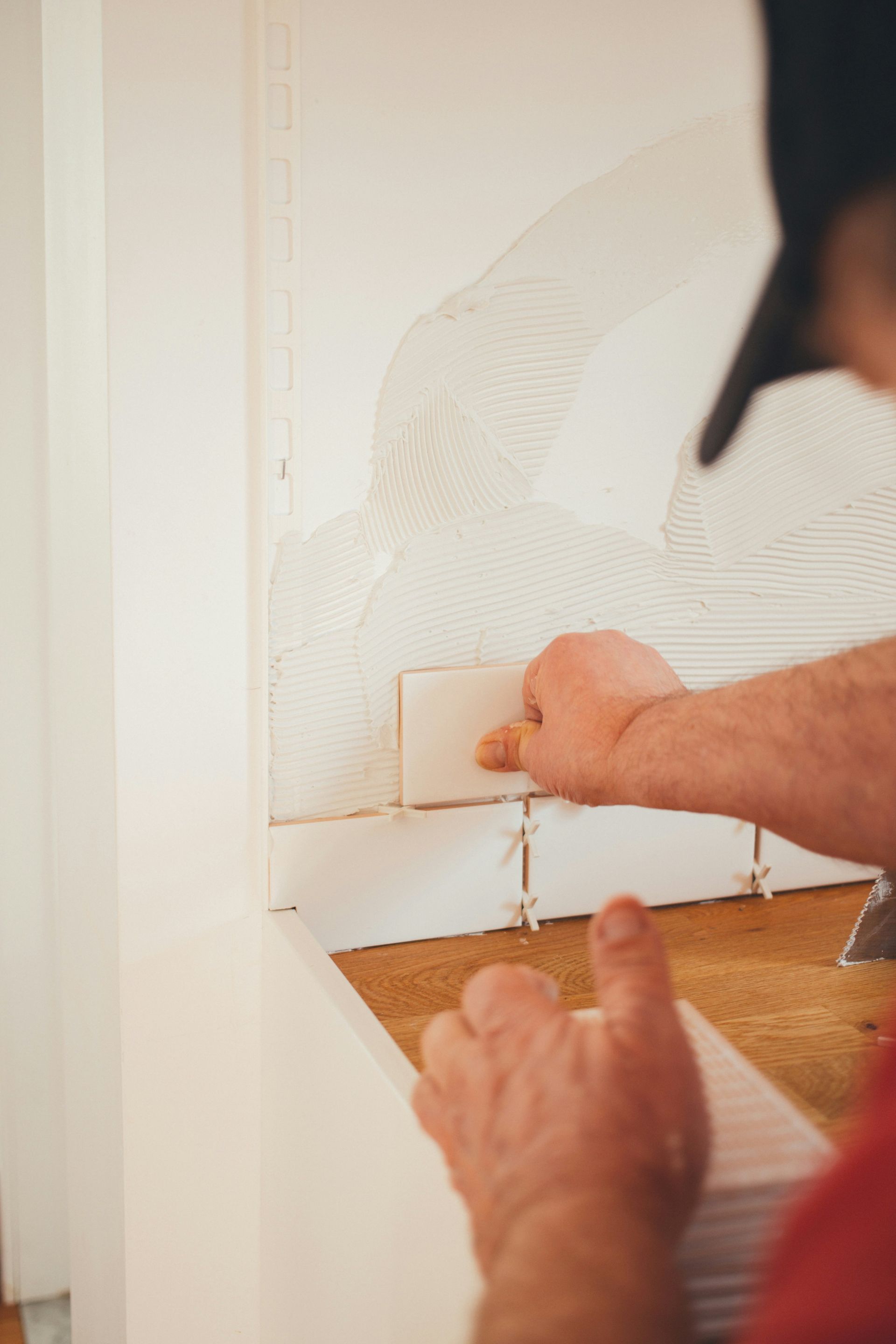

Share On: